
With the demolition of the Queen Street bridge in York currently underway as part of the project to create a new entrance to the railway station, archaeologists from York Archaeology have used the opportunity to explore part of York that has been buried for around 150 years!
The bridge itself is currently undergoing demolition, but in preparation for this, a new temporary road had to be built over the station’s long stay car park – and this has yielded some fascinating archaeology. The current railway station opened in 1877. ‘Scoria’ bricks – made from blast furnace slag from the industrial North, would have lined the approaches to the station. Large area of these have been revealed.
“This is an area that has been substantially disturbed by building works during the Victorian era. Beneath the flags, we have found drainage ditches from the 19th century, and below them, evidence of large medieval ditches containing broken green glaze pottery and animal bones dating back to the 13th and 14th centuries. This area outside the City Walls was agricultural land during the medieval period, and the ditches may have been used for dumping rubbish from the medieval city,” comments project manager for York Archaeology, Mary-Anne Slater.
Although it is known that a Roman cemetery existed on this site, and some disturbed bone has been recovered in part of the trench, probably lifted from lower levels by ploughing, archaeologists are yet to excavate any skeletons comparable with those found previously at York Station.
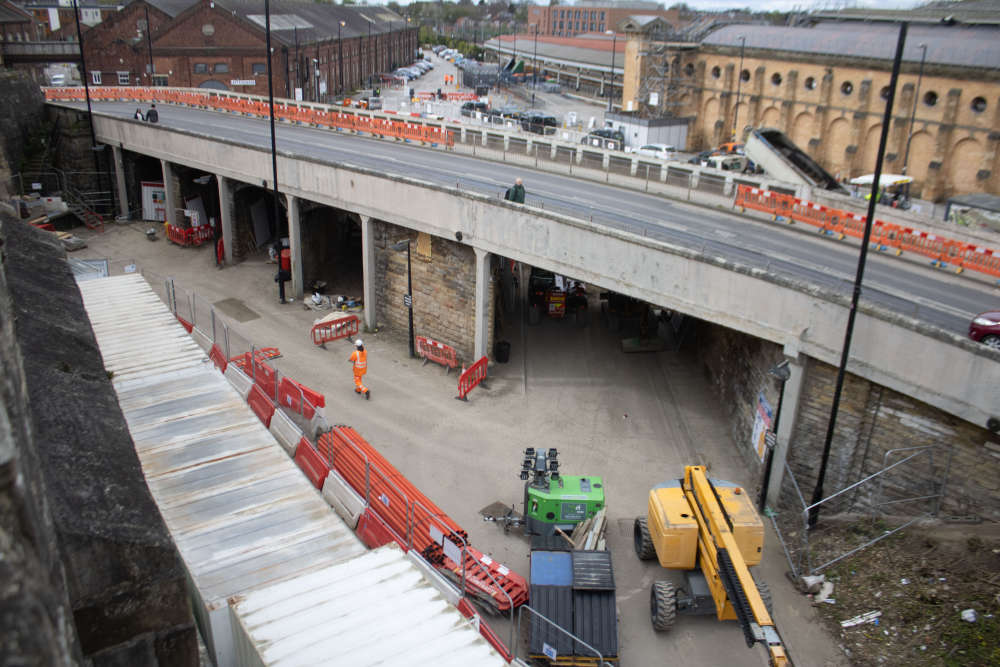
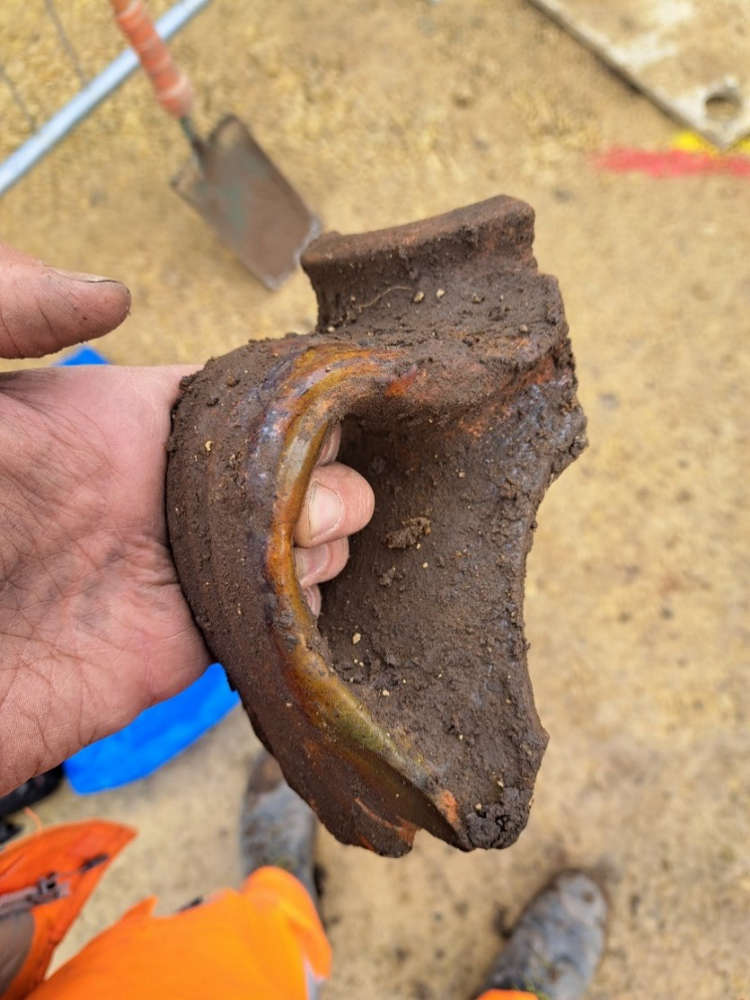
Queen Street bridge closure - 14th Century jug handle
Cllr Pete Kilbane, Deputy Leader of the Council and Executive Member for Transport and the Economy said:
“This is a hugely complex piece of work and due to York’s 2,000 years of continuous habitation, unearthing history is a factor that we must plan for. We liaise closely with York Archaeology to protect any discoveries while managing disruption and allowing the works to progress. From previous work in the York Station area we know that there is a high possibility of Roman burials being present. York Archaeology is on site monitoring the work to ensure that any archaeological deposits are excavated and recorded before works progress. I want to thank all the teams involved over the weekend for their hard work to ensure that the diversion road was open ahead of schedule, which is a great achievement.”
Archaeological exploration will continue below the Queen Street bridge site once the bridge itself has been removed and before the new permanent road is installed.



 First ever mayor elected to bring a raft of benefits to the region
First ever mayor elected to bring a raft of benefits to the region
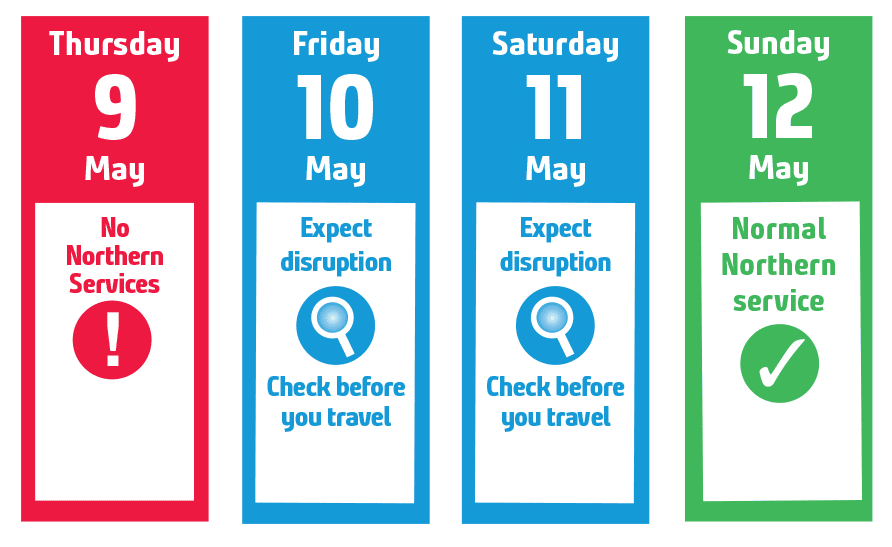 No Northern services across the North of England next Thursday due to latest strike by ASLEF
No Northern services across the North of England next Thursday due to latest strike by ASLEF
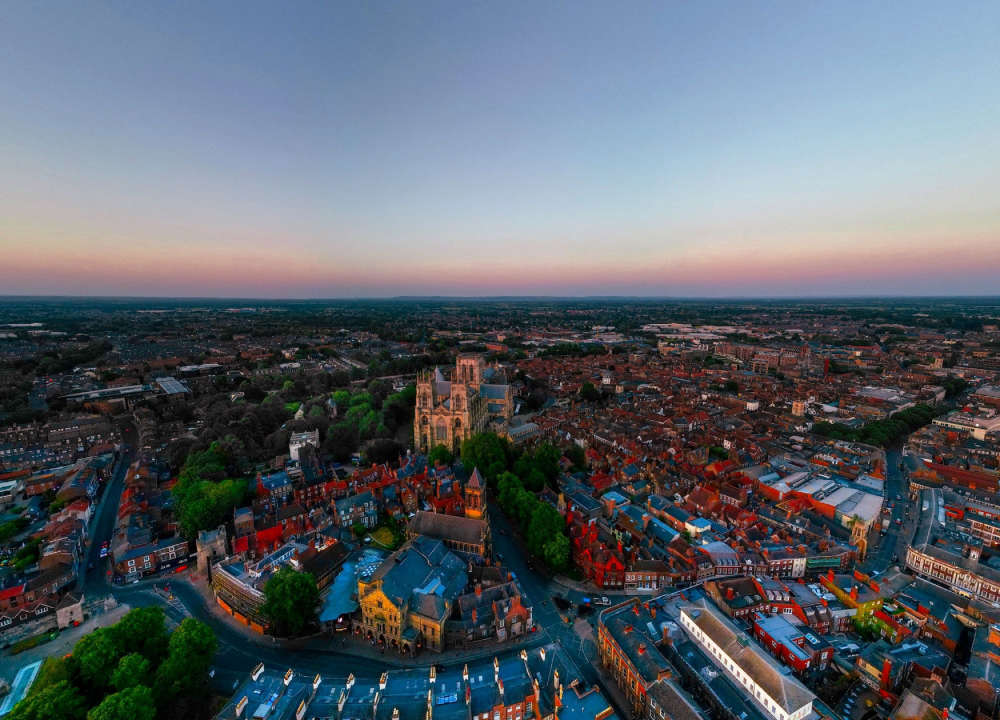 The Archbishop and Lord Mayor of York embark on trade mission in New York
The Archbishop and Lord Mayor of York embark on trade mission in New York
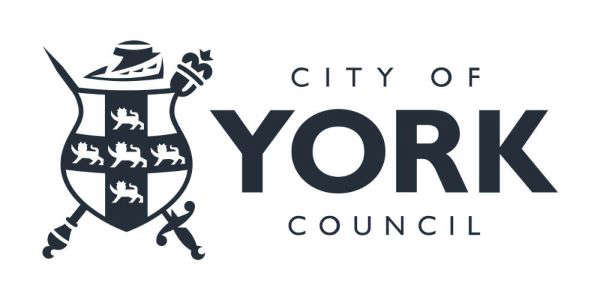 Plans submitted for new ice cream parlour at St Lawrence Working Men’s Club
Plans submitted for new ice cream parlour at St Lawrence Working Men’s Club
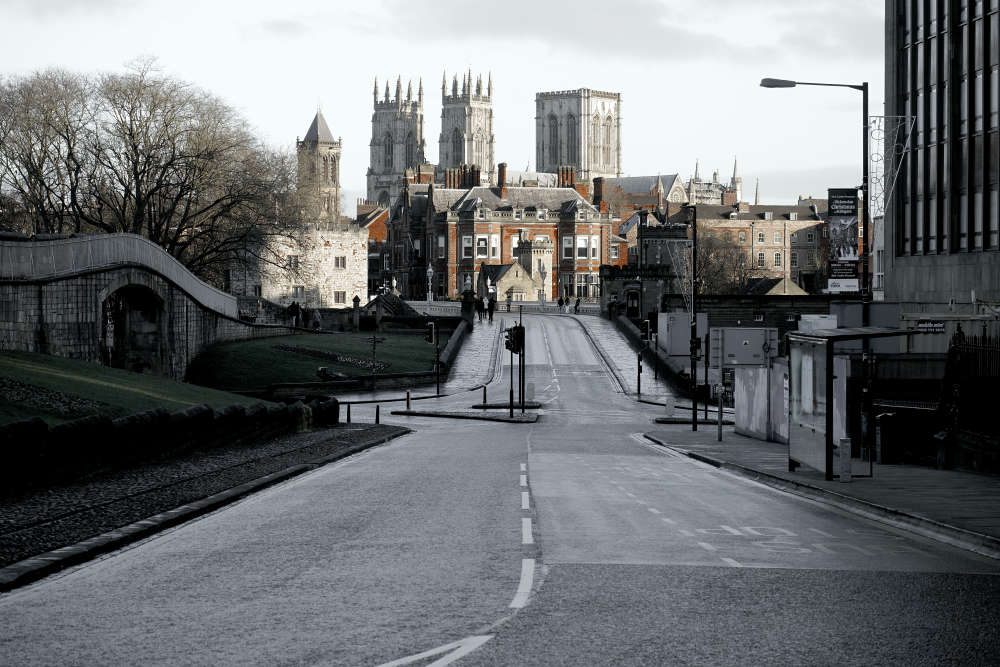 Giant Ferris Wheel Returns to York!
Giant Ferris Wheel Returns to York!